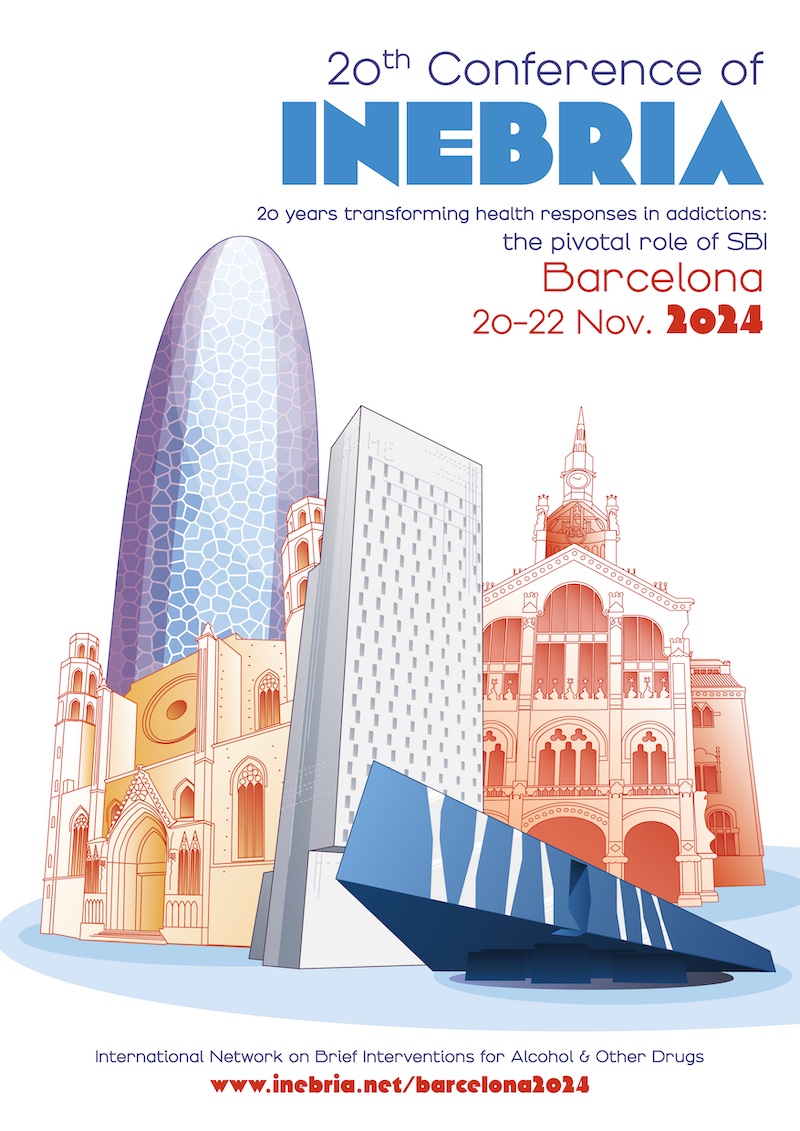The WHO Collaborative Project on Identification and Management of Alcohol-related Problems in Primary Health Care began in 1982.
Phase I of the project was the development of a valid and reliable screening tool to detect people at risk from drinking at hazardous and harmful levels. The AUDIT (Alcohol Use Disorders Identification Test) was developed and tested in six centres across the world (Australia, Bulgaria, Kenya, Mexico, Norway and the USA) for use by health workers in both developed and developing countries.
The AUDIT is a 10 item self-report instrument which includes 3 questions on the amount and frequency of drinking, 3 questions on symptoms of alcohol dependence and 4 questions on personal and social problems associated with alcohol misuse.
The questionnaire takes around 2 minutes to complete. A score of 8-14 for men and 7-12 for women indicates a strong likelihood of hazardous or harmful consumption. A score of 15 or more for men and 13 or more for women indicates evidence of significant alcohol dependence and further assessment is advised.
The ability of the AUDIT to accurately detect excessive drinkers (i.e. its sensitivity) is 92%, and to exclude false cases (its specificity) is 93%.
For more information on Phase I of the project and the AUDIT questionnaire, please see the references below:
Saunders JB, Aasland OG, Amundsen A, Grant M. Alcohol consumption and related problems among primary health care patients: WHO collaborative project on early detection of persons with harmful alcohol consumption – I. Addiction. 1993; 88:349-362.
Saunders JB, Aasland OG, Babor TF, de la Fuente JR. Grant M. Development of the Alcohol Use Disorders Identification Test (AUDIT): WHO Collaborative Project on early detection of persons with harmful alcohol consumption – II. Addiction. 1993; 88:791-804.
World Health Organization. AUDIT – the alcohol use disorders identification test: guidelines for use in primary health care. 1992 WHO/PSA/92.4. WHO, Geneva.



 Join Facebook Group
Join Facebook Group Join Google Group
Join Google Group